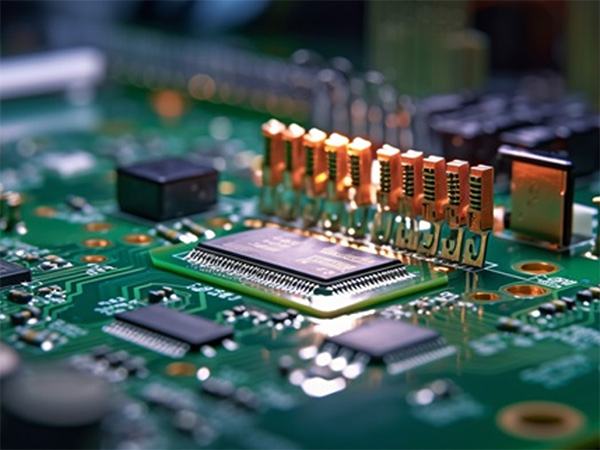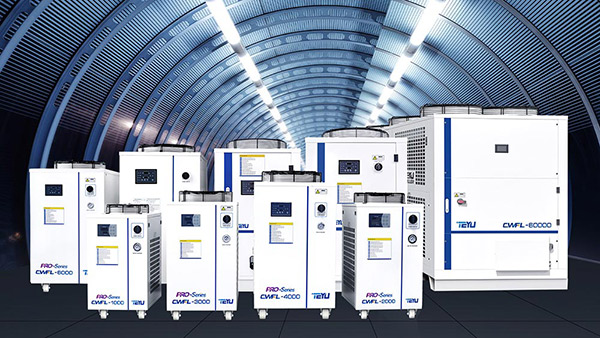En la indústria de fabricació d'electrònica en constant evolució, la tecnologia de muntatge superficial (SMT) és essencial. Els controls estrictes de temperatura i humitat, mantinguts per equips de refrigeració com ara refrigeradors d'aigua, garanteixen un funcionament eficient i eviten defectes. L'SMT millora el rendiment, l'eficiència i redueix els costos i l'impacte ambiental, i continua sent fonamental per als futurs avenços en la fabricació d'electrònica.
Tecnologia de muntatge superficial (SMT) i la seva aplicació en entorns de producció
En la indústria actual de fabricació d'electrònica, que evoluciona ràpidament, la tecnologia de muntatge superficial (SMT) juga un paper fonamental. La tecnologia SMT implica la col·locació precisa de components electrònics sobre plaques de circuits impresos (PCB), cosa que no només ha impulsat la miniaturització, el pes lleuger i el rendiment millorat dels productes electrònics, sinó que també ha millorat significativament la fiabilitat del producte i l'eficiència de fabricació, alhora que redueix els costos de producció.

Procés bàsic de muntatge superficial SMT
El procés de muntatge superficial SMT és precís i eficient, i comprèn diversos passos clau:
Impressió amb pasta de soldadura: Aplicació de pasta de soldadura a pastilles específiques de la PCB per preparar el muntatge precís de la superfície del component.
Muntatge de peces: Ús d'un sistema de muntatge superficial d'alta precisió per posicionar els components electrònics sobre les pastilles soldades amb pasta de soldadura.
Soldadura per refusió: fusió de la pasta de soldadura en un forn de refusió mitjançant la circulació d'aire calent per unir fermament els components electrònics a la placa de circuit imprès.
Inspecció òptica automatitzada (AOI): les màquines AOI inspeccionen la qualitat de la PCB soldada per garantir que no hi hagi defectes com ara peces incorrectes, peces que falten o revers.
Inspecció de raigs X: Ús d'equips d'inspecció de raigs X per al control de qualitat a nivell profund de les unions de soldadura ocultes, com ara les dels encapsulats Ball Grid Array (BGA).
Requisits de control de temperatura en entorns de producció
Les línies de producció SMT tenen estàndards estrictes de temperatura i humitat al lloc de treball. El control de la temperatura és crucial per mantenir l'estabilitat dels equips i la qualitat de la soldadura, especialment en entorns d'alta temperatura:
Control de temperatura de l'equip: Els equips SMT, en particular els sistemes de muntatge superficial i els forns de refusió, generen una calor significativa durant el funcionament. Un equip de refrigeració adequat evita el sobreescalfament i garanteix un funcionament estable i continu.
Requisits especials del procés: l'equip de refrigeració ajuda a mantenir l'entorn de baixa temperatura necessari per a components sensibles a la temperatura o tècniques de soldadura específiques.
Els equips de refrigeració com ara els refredadors d'aigua industrials són essencials per mantenir el funcionament eficient de les línies de producció, evitant defectes de soldadura o degradació del rendiment causada per temperatures excessives.

Avantatges mediambientals del muntatge superficial SMT
La tecnologia SMT produeix un mínim de residus durant el procés de fabricació, cosa que facilita el reciclatge i l'eliminació. Això fa que la tecnologia de processament SMT sigui respectuosa amb el medi ambient i eficient energèticament. En l'enfocament global actual en la protecció del medi ambient i el desenvolupament sostenible, la tecnologia SMT s'està convertint gradualment en el procés preferit en la indústria de fabricació d'electrònica.
La tecnologia de muntatge superficial SMT és una força impulsora darrere de l'avanç de la indústria de fabricació d'electrònica. No només millora el rendiment i l'eficiència de producció dels productes electrònics, sinó que també contribueix a reduir els costos de fabricació i minimitzar l'impacte ambiental. Amb els avenços tecnològics continus, el muntatge superficial SMT continuarà jugant un paper fonamental en el futur de la fabricació electrònica.

Estem aquí per a tu quan ens necessitis.
Si us plau, ompliu el formulari per contactar amb nosaltres i estarem encantats d'ajudar-vos.









































































































